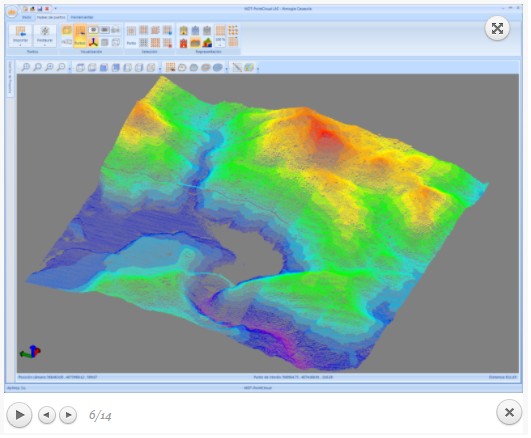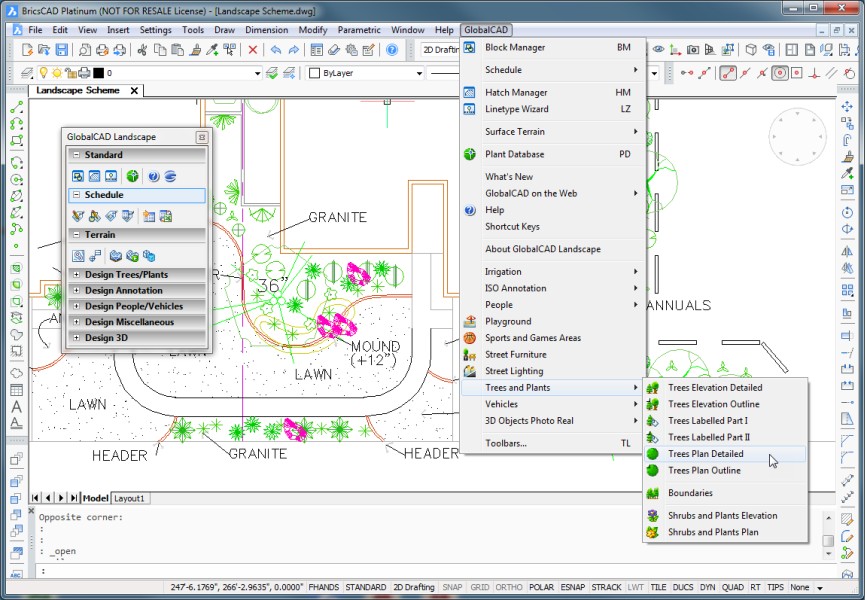
Plex-Earth was developed to make drafting an exciting experience. Here is a much clearer view of our project site, after hiding the Mosaic gridlines by using the respective command of the Mosaic Editor:Īnd here's a closer look at our project site, just to give you a taste of the clarity of Imagery imported into your drawings with Plex-Earth: It is worth noting that Plex-Earth applies a coordinate system by utilizing a custom georeference based on the World Geodetic System (WSG84), with respect to the copied Google Earth Placemark used. Plex-Earth then imports an Imagery Mosaic that covers our area of interest in accordance with the parameters specified previously and automatically activates the Mosaic Editor. In order to do so, we click Start capturing now!: Once we hit the SELECT button, we are presented with a notification window providing us with brief information in regard to our calculated Imagery Mosaic, and offering the option to capture our Imagery with the click of a button. We can alter the specified Zoom Level according to our needs, and once we are done, we click SELECT, as shown in the screenshot below: Once we do, we are presented with the Image Resolution Manager, which allows us to specify the desired Zoom Level and gives us an accurate estimation of the tiles necessary in order to cover our area of interest with an Imagery Mosaic. We then click YES, USE THAT AREA, as demonstrated in the screenshot below: We are then presented with a notification window informing us that we currently have a Google Earth element copied to our clipboard, and asking whether we would like to import Imagery for that area. In this tutorial, we will set it to Custom.Īfter setting our desired parameters, we click Select in Google Earth. If you would prefer Plex-Earth to calculate the optimal combination between the resolution of your imported Imagery and the number of tiles depending on the size of your area of interest, you can set it to Automatic.

Once it's done, copy your newly created Placemark using your cursor: Step 1: Create a Placemark in Google Earthįor this step, you will need to locate your project site in Google Earth and create a Placemark to be used as a reference point. This tutorial is intended to demonstrate the step-by-step process that needs to be followed in order to fully leverage this key feature of Plex-Earth.

All you need to do is create a Placemark in Google Earth, copy the geographic information tied to it to your clipboard, and use the Import Imagery Mosaic command found on the Imagery Panel of Plex-Earth.

With Plex-Earth, it is feasible to locate your project site and import high-quality, up-to-date imagery into your CAD drawings in the blink of an eye, even if you do not have access to any information related to the geographic location of your area of interest. Simulating forward and reverse vehicle turn maneuvers is quick and easy with AutoTURN’s SmartPath Tools – interactive drive modes that incorporate speed, superelevation, lateral friction, and turn radius algorithms.Your project site's location in Google Earth is all you need to know in order to place it into an empty drawing and start designing.
Bricscad terrain software#
In fact, many national and local Road Administrations use AutoTURN, making it the defacto standard software of its kind for government agencies. As the vehicle swept path analysis software of choice for transportation engineers, planners, drafters, and architects, AutoTURN is used everyday. AutoTURN™ is used to confidently analyze road and site design projects including intersections, roundabouts, bus terminals, loading bays, parking lots or any on/off-street assignments involving vehicle access checks, clearances, vehicle tracking and swept path maneuvers.ĪutoTURN has been developed by transportation professionals for transportation professionals and is backed by rigorous engineering diligence and regular field tests.


 0 kommentar(er)
0 kommentar(er)
